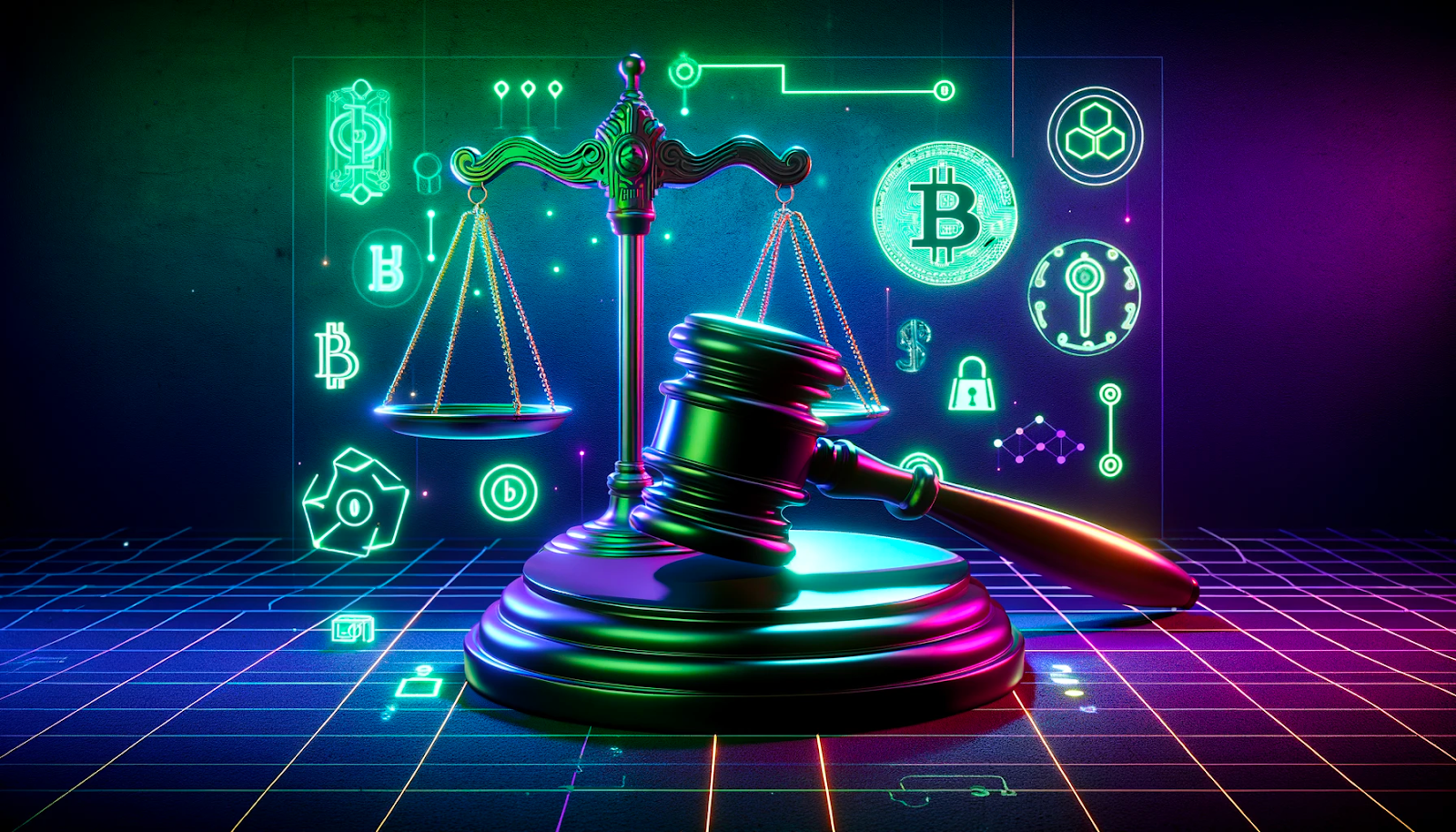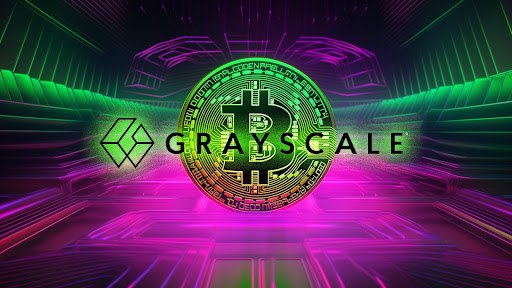
While identifying pseudonymous figure Satoshi Nakamoto is a problem of its own, there’s another - more rogue - direction of thought that plagues the Bitcoin ($BTC) ecosystem; how was its underlying technology first pioneered?
Essentially, what this latter question does is discard the notion behind Bitcoin being the creation of a mere ‘Satoshi’ individual, as instead, it looks at the technological landscape which gave rise to the world’s first cryptocurrency.
More specifically, this article will explore a ‘conspiracy’ which suggests that the US National Security Agency (NSA) played a pivotal role in Bitcoin’s creation - a perspective that in of itself possesses different hypotheses.
Satoshi Nakamoto
Before getting into the antics of the NSA, it’s first good to give a little into the discourse surrounding ‘Satoshi Nakamoto’ (an area of discussion that most-certainly warrants its own article).
As common consensus tells us, Satoshi Nakamoto was actively developing Bitcoin throughout 2011, however in April of that year, he reportedly emailed early Bitcoin dev Mike Hearn to tell him “I’ve moved on to other things. It [Bitcoin] is in good hands”.
This mic drop moment saw Satoshi hand over Bitcoin’s source code repository and network alert key to Gavin Anderson (the Bitcoin dev that assumed project lead). After doing so, Satoshi then disappeared into the abyss, never to be (knowingly) seen again.
In the 12+ years following this, several figures have been speculated to be Satoshi, with the two front-runners being computer scientists Nick Szabo and Hal Finney. Finney - who was one of the first people to mine Bitcoin - sadly passed away in 2014, whilst Szabo - who created Bit gold in 1998 - has denied all links.
In 2014, all signs then pointed to Japanese-American man ‘Dorian Prentice Satoshi Nakamoto,’ however again, these links were rubbished after media onslaught into his private life.
On the flip side, there’s also been people self-proclaiming to be Satoshi, with the most notorious of these being Craig Wright, an Australian IT and security consultant who’s even launched legal action against those who disputed his claim.
With no luck on such front, an alternative line of thinking that goes beyond Satoshi being a mere individual has since arisen. More specifically, these speculations relate to the NSA being the creator/partial-creator of Bitcoin.
Did the NSA Create Bitcoin?
For context, the NSA’s mission statement includes the mention that its Cybersecurity division is there to ‘prevent and eradicate threats to US national security systems’.
Further, it’s the organisation in which exiled whistleblower Edward Snowden exposed over 10 years ago - where after working for the company, he lifted the lid on mass surveillance programs that were secretly collecting phone, email, and internet records of millions of people (without a warrant nor public knowledge).
After Snowden shed light on such scenario, it was later dubbed the ‘Prism’ scandal (in homage to the name the illicit project was initially given). Here, Snowden also leaked another Prism-linked NSA project that garnered much less attention; Bullrun.
In short, Bullrun demonstrated how the NSA was working alongside its UK counterpart the ‘Government Communication Headquarters’ (GCHQ) to undermine the encryption algorithms and protocols that protect internet communications.
In turn, speculation surrounding the GCHQ being one of the entities behind Bitcoin garnered momentum after a 1977 development saw MIT scientists Ron Rivest, Ali Shamir, and Leonard Adleman create a complex security and encryption-focused cryptographic algorithm called the ’RSA Algorithm’. As of today, such cryptographic achievement is still what underlines the security prowess of Bitcoin, as well as the internet as a whole.
Anyhow, although the trio were credited for the RSA Algorithm, it was later found that Clifford Cocks, a GCHQ mathematician, had in-fact created the piece of technology back in 1970. Come 1977, its documents became declassified, therefore revealing itself to the likes of Rivest, Shamir, and Adleman.
Other NSA Bitcoin Links
As is common knowledge, the NSA developed the secure hashtag algorithm ‘SHA-256’ back in 2001 - a piece of technology that essentially ensures that all transactions are secure and genuine. Poignantly, such innovation was later adopted by Bitcoin.
Additionally, the spy agency was also behind a report entitled ‘How to Make a Mint: The Cryptography of Electronic Cash’ - i.e. how to make anonymous electronic cash…i.e. how to make cryptocurrencies.
In essence, such paper - which discusses various cryptographic techniques and protocols - confirmed that the NSA has been interested in digital currencies since (at least) the mid-1990s.
On a slight side note, its reference of cryptography academic Tasuaki Okamoto also cultivated now-denounced rumours that he was Satoshi Nakamoto.
Whilst this is touted to be somewhat of an ‘inside joke’ to NSA members, another ‘insider theory’ is that the NSA’s pioneering of SHA-256 may’ve resulted in the agency gaining ‘back door entry’ into Bitcoin’s code…therefore meaning it’s now able to secretly control it. That being said - and in essentially debunking this theory - SHA-256 is open sourced, whilst the presence of a ‘backdoor’ entrance into Bitcoin has never been identified.
The NSA lab Leak Hypothesis
The NSA’s Bitcoin origin story doesn’t stop there, as per a hypothesis from Nick Carter - a prominent Bitcoiner and Castle Island Ventures partner - the project could’ve been continued by a rogue NSA employee who was able to envision the tech’s full potential. This is what Carter dubs as the ‘NSA lab leak hypothesis’.
Pivotally, Carter believes that such employee would’ve done so without permission, further implying that the NSA doesn’t currently have any backdoor access to the network. Additionally, Carter believes that the in-question Nakamoto-suspect left behind coins ‘to preserve his anonymity’.
Another notable NSA-related hypothesis comes by way of Real Vision CEO Raoul Pal, who ponders over the prospect of Bitcoin being an experiment between the NSA and GCHQ. Here, the intended outcome would’ve been to develop an alternative mode of finance for if the traditional financial system was ever put under serious risk (therefore meaning that Bitcoin’s launch amid the 2008-2009 financial crisis wasn’t a coincidence).
NSA Counterarguments
Counterarguments against such NSA-involvement theories largely arise through interior inspection of the organisation.
More specifically, former NSA cryptanalyst Jeff Man has denounced the aforementioned theories by referring to the appeasement that the organisation had to conduct in wake of the 1972 Watergate scandal.
For context, the Watergate scandal relates to then-president Richard Nixon illegally eavesdropping on conversations at the Democratic National Committee HQ using listening devices. Further, with its unravelling, Man believes that his former employer couldn’t undertake any actions that suggested spy operations on US citizens were taking place… therefore meaning that a spy-prone project like Bitcoin wouldn’t have ‘got off the ground’ in and around such a time period.
To also reiterate what was previously suggested, many believe that it’s highly unlikely that the NSA’s inception of the open-source code for SHA-256 would provide it with a backdoor into the Bitcoin network.
And finally, when it comes to the crypto-hinting paper published by the NSA in 1996, many believe that its ties to the Bitcoin whitepaper are circumstantial at best (as no clear evidence linking the two documents has surfaced). In almost-confirming the hypothesis’s fictitious nature, the paper also includes ideas that involve supervising entities controlling node networks… an idea that completely contradicts crypto’s decentralised ethos.
Did the NSA Create Bitcoin?: A Conclusion
As explored, many of the aforementioned hypotheses can be rubbished on further inspection. However one that can’t possibly be disproved is that of Nick Carter - which, as a refresh, relates to an ‘NSA lab leak’ scenario.
This is because such theory holds ground in many aspects, with the first being that it’s a situation that’s happened in other areas of tech. For example, the Defense Advanced Research Project Agency (DARPA) - an organisation of the US Department of Defense which invests in cutting-edge technologies that have national security purposes - was first responsible for technologies such as GPS, the internet, AI, and stealth aircrafts. Later, these were then harnessed, improved, and refined by the private sector.
Of course, in the instance of Bitcoin, such tech’s transition into the private realm would’ve been one of rogue nature…however given that we still have no idea who wrote the 9-nine paper Bitcoin whitepaper, it’s impossible to disprove this hypothesis as of today.
Want More Cutting-Edge Crypto News?
Follow Us: X TikTok Instagram Telegram LinkedIn
Sign up to our newsletter at the bottom of the page
Check Out Our Top 10 Crypto Currencies of 2023
This article is intended for educational purposes and is not financial advice.


















